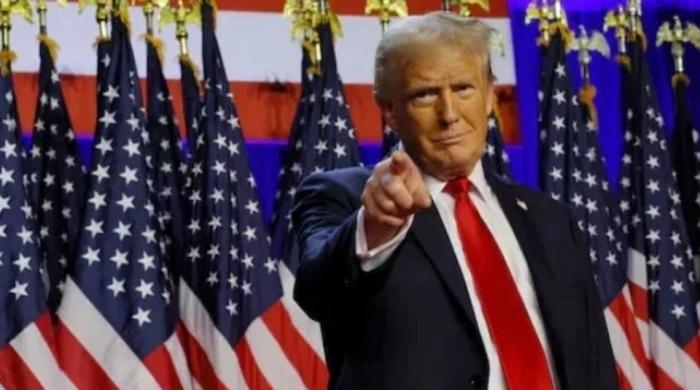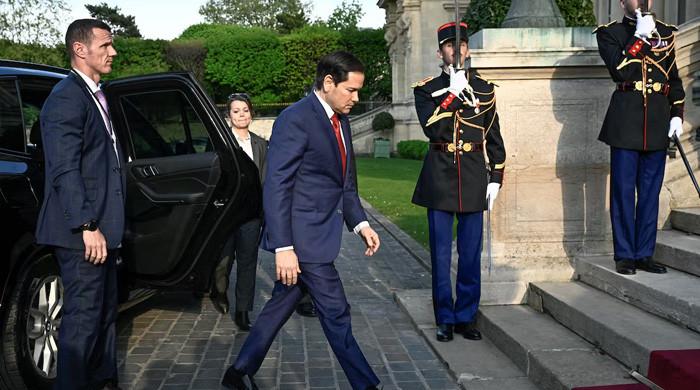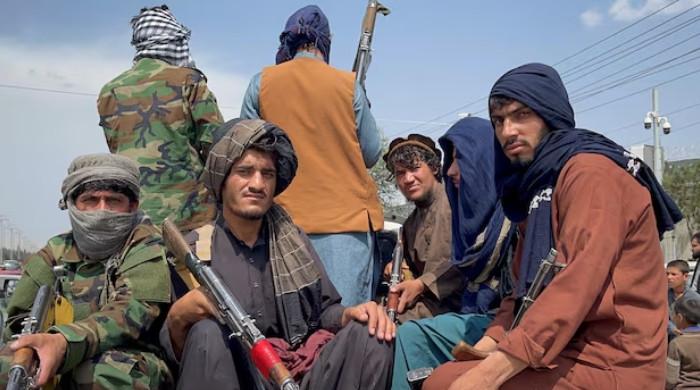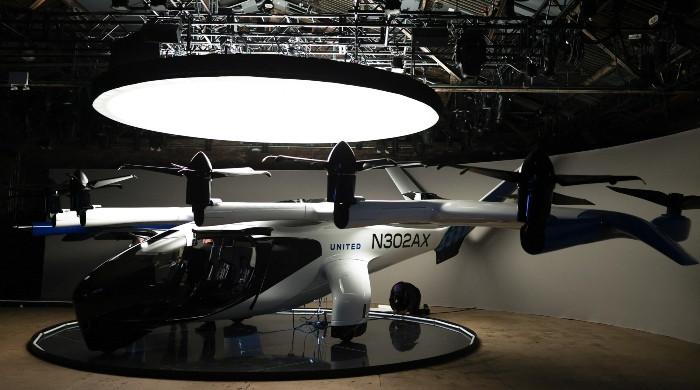TikTok CEO faces tough questions over app's alleged ties to China
TikTok CEO Shou Zi Chew faced relentless questioning from US lawmakers on both sides of the political aisle over ties to China
March 24, 2023
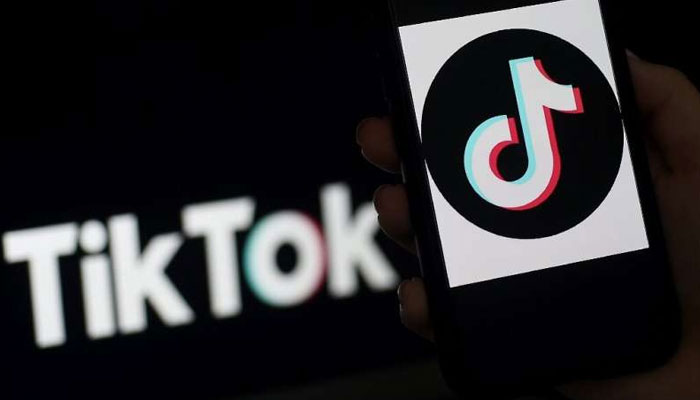
PARIS: TikTok's rapid ascent from a specialized video-sharing application to a massive social media platform has attracted significant scrutiny, particularly due to its connections to China.
On Thursday, CEO Shou Zi Chew faced relentless questioning from combative US lawmakers on both sides of the political aisle over the company’s alleged ties to China -- and the danger it poses to impressionable teenagers.
Several governments have already banned the app from their devices over fears that data could be viewed by officials in Beijing. Now the United States is trying to force Chinese parent company ByteDance to sell its prized asset.
So is TikTok a spying tool for Beijing, a fun video-sharing app, or both?
Under pressure
Global action against TikTok kicked off in earnest in India in 2020.
It was among the Chinese apps barred after deadly clashes on the border between India and China, with New Delhi saying it was defending its sovereignty.
The same year, US President Donald Trump threatened a ban and accused TikTok of spying for China, an idea that has again gained ground in Washington.
TikTok has admitted ByteDance employees in China - now sacked - accessed the accounts of US journalists covering the site, but it has always denied turning over data to the Chinese authorities.
The company tried to soothe fears over data in the United States and European Union, promising to eventually store data of local users on local servers.
But the US federal government and the European Commission have both banned the app from their employees’ devices.
A number of other countries have also toughened their stance, including the UK, whose parliament banned on Thursday the use of the app among lawmakers.
And the US, with its threat to ban the app outright unless TikTok separates from ByteDance -- echoing the threat made by Donald Trump -- is now pushing even harder.
One billion users
With more than one billion active users, TikTok is the sixth most used social platform in the world, according to the We Are Social marketing agency.
Although it lags behind the likes of Meta’s long-dominant trio of Facebook, WhatsApp and Instagram, its growth among young people far outstrips its competitors.
Almost a third of TikTok users are between 10 and 19 years old, according to the Wallaroo agency.
Its rapid rise saw it grab more than $11 billion in advertising revenue last year, a threefold increase in a single year.
TikTok’s competitors quickly copied its short video format and continuous scrolling, but to little avail.
Creator appeal
TikTok’s editing features and AI-powered algorithm have kept it ahead of the game, attracting an army of creators and influencers.
But the algorithm is opaque and often accused of leading users into digital content silos.
TikTok and ByteDance employees also manually increase the number of views on certain content, with executives admitting that they boosted content related to last year’s World Cup and Taylor Swift’s debut on the platform.
TikTok has said manual promotion only affects a tiny fraction of recommended videos.
Disinformation
The app is regularly accused of spreading disinformation, putting users in danger with hazardous "challenge" videos, and allowing pornography, even though it is supposed to prohibit nudity.
French news site Numerama reported a TikTok "trend" recently that involved publishing photographs of penises.
Several children have also reportedly died while trying to replicate the so-called blackout challenge, which involves users holding their breath until they pass out.
And around one-fifth of videos on topical issues such as the Russian invasion of Ukraine were found to be fake or misleading, according to a study by misinformation group NewsGuard.
AFP, along with more than a dozen fact-checking organisations, is paid by TikTok to verify videos that potentially contain false information. The videos are removed by TikTok if the information is shown to be false by AFP teams.




